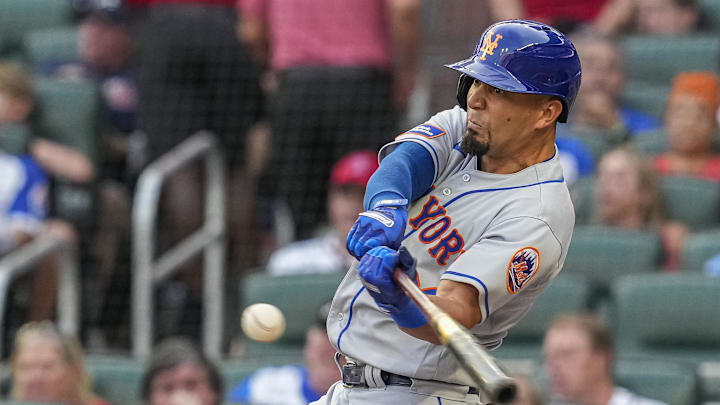Does the player have minor league options left?
This is huge. When a player is no longer eligible for a demotion without having to clear waivers, the team might simply decide to take the opportunity to non-tender him in the offseason. The difference is having to pay a player regardless of their situation for the whole year or escape in the offseason before a commitment has been made. It doesn’t matter how much you love your spouse. No union is as strong as the Major League Baseball Players Association.
The Mets have several players who fall into this category. Tim Locastro and Rafael Ortega are two of the most obvious out of options currently on the major league roster. How realistic is it that the Mets will carry either on the Opening Day roster next season? Locastro was lucky enough to make it last year. Don't expect it again.
Notably, DJ Stewart does have an option remaining. This should guarantee him a spot on the 40-man roster. He’ll be in competition for a major league roster spot, but the ability to send him down is valuable. The Mets won’t have the same luxury with Luis Guillorme anymore.
Catcher Michael Perez seems like a goner due to his lack of minor league options left. Bringing him back could make some sense, however, any promotion will now result in a DFA rather than a demotion.
This is where the game of chess begins. The Mets bullpen is filled with non-arbitration players who lack options. Phil Bickford, Anthony Kay, Denyi Reyes, and others fall into this space. They’re in a much different conversation. Frankly, it seems automatic that the Mets will release each from their current deal. Don’t rule out a reunion for a fresh minor league deal.
